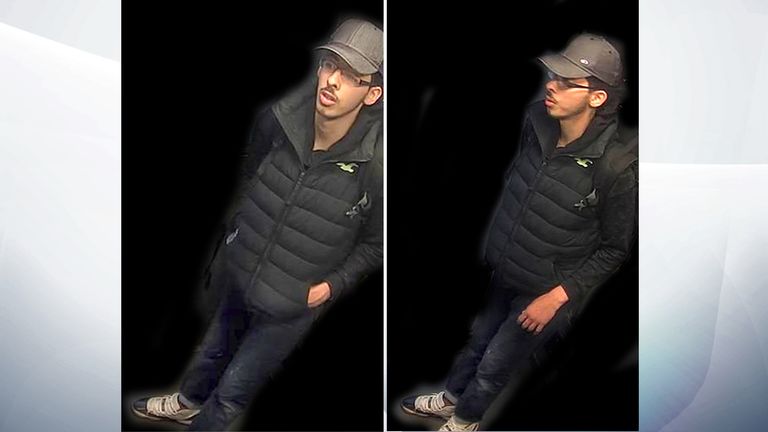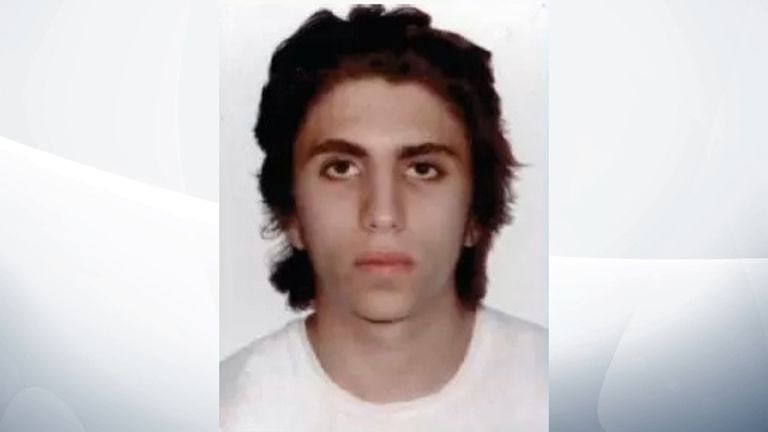Security services must reveal what was known about terror attackers
After three attacks in London and Manchester, Sky's Martin Brunt asks whether existing legal powers could have helped stop them.
Wednesday 7 June 2017 17:25, UK
A former head of UK counter-terrorism once told me his job was a bit like playing the video game Space Invaders, in which the player has to zap aliens moving down the screen at ever-increasing speed.
He said: "You're busy dealing with the ones you can see in front of you, then lots more appear from nowhere."
A simple but vivid description of the scale of the threat posed to the UK public.
The police and MI5 say they have 500 current joint terror investigations under way, involving around 3,000 suspects.
On top of that there are another 20,000 suspects who have been investigated in the past but are no longer thought to be active, though they might still pose a risk.
::
::
You can't arrest and prosecute them all, of course, nor can you put more than a handful under constant surveillance, but there is legislation through which they can be controlled if there is evidence to show a serious risk to the public.
None of the measures appear to have been applied to the five terrorists who carried out the three attacks on Westminster Bridge, the Manchester Arena and London Bridge, even though they were all, to varying degrees, on the radar of our security forces.
In 2005, to replace emergency detention legislation introduced after the 9/11 attacks in the United States, the Labour government introduced control orders, a measure that was controversial from the start.
Ten suspects released from detention in Belmarsh Prison were immediately put under the orders, which allowed restrictions on items they could possess and use, where they lived and travelled, whom they spoke to and, in some cases, involved electronic tagging.
Critics described the orders as "prison without bars" and court challenges led to some being revoked.
In 2012 the Tory government - with Theresa May as home secretary - replaced control orders with terrorism prevention and investigation measures (TPIMs).
Some said they were simply the old orders under a different name, while others described them as control orders-lite.
They were less restrictive and withdrew the power to force a suspect to live up to 200 miles from their home, though Mrs May reintroduced that measure in 2015.
We don't know why such legislation was not used against the killers before they struck and whether it could have prevented their attacks.
Police and MI5 are reviewing what they knew and did about Manchester Arena bomber, Salman Abedi, and the Prime Minister has said she expects a similar analysis of the London Bridge attackers.
Let's hope it's done and is published in full.
We know that Khuram Butt was under police and MI5 investigation, but his priority was later reduced.
Italian citizen Youssef Zaghba was flagged up to the UK by the Italians as a suspected jihadi, and Rachid Redouane appears to have used an immigration loophole to get into Britain after being refused asylum.
Whatever your politics - and whatever her record in slashing police numbers - no one will disagree with the Prime Minister's words this week: "Enough is enough."







